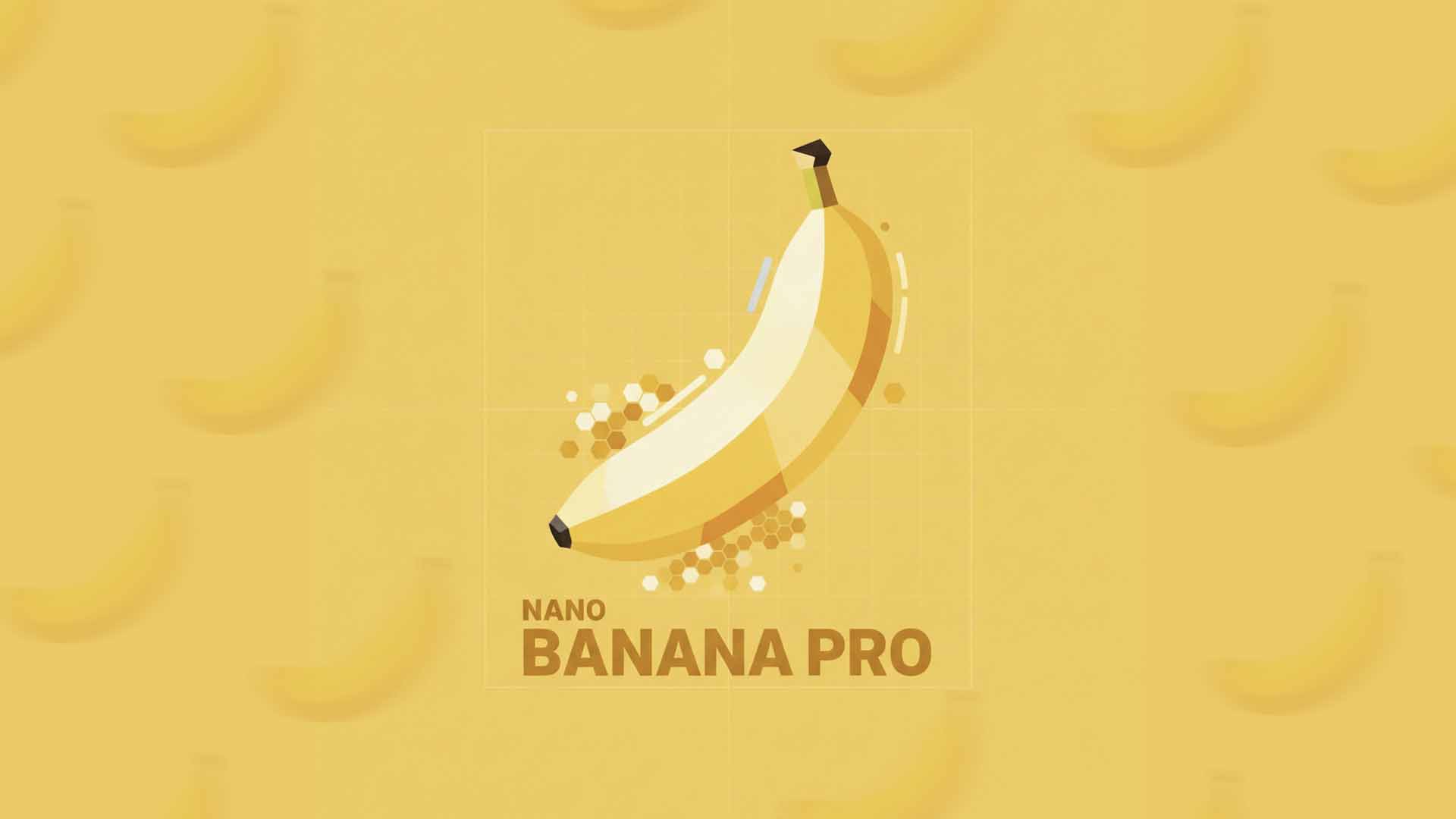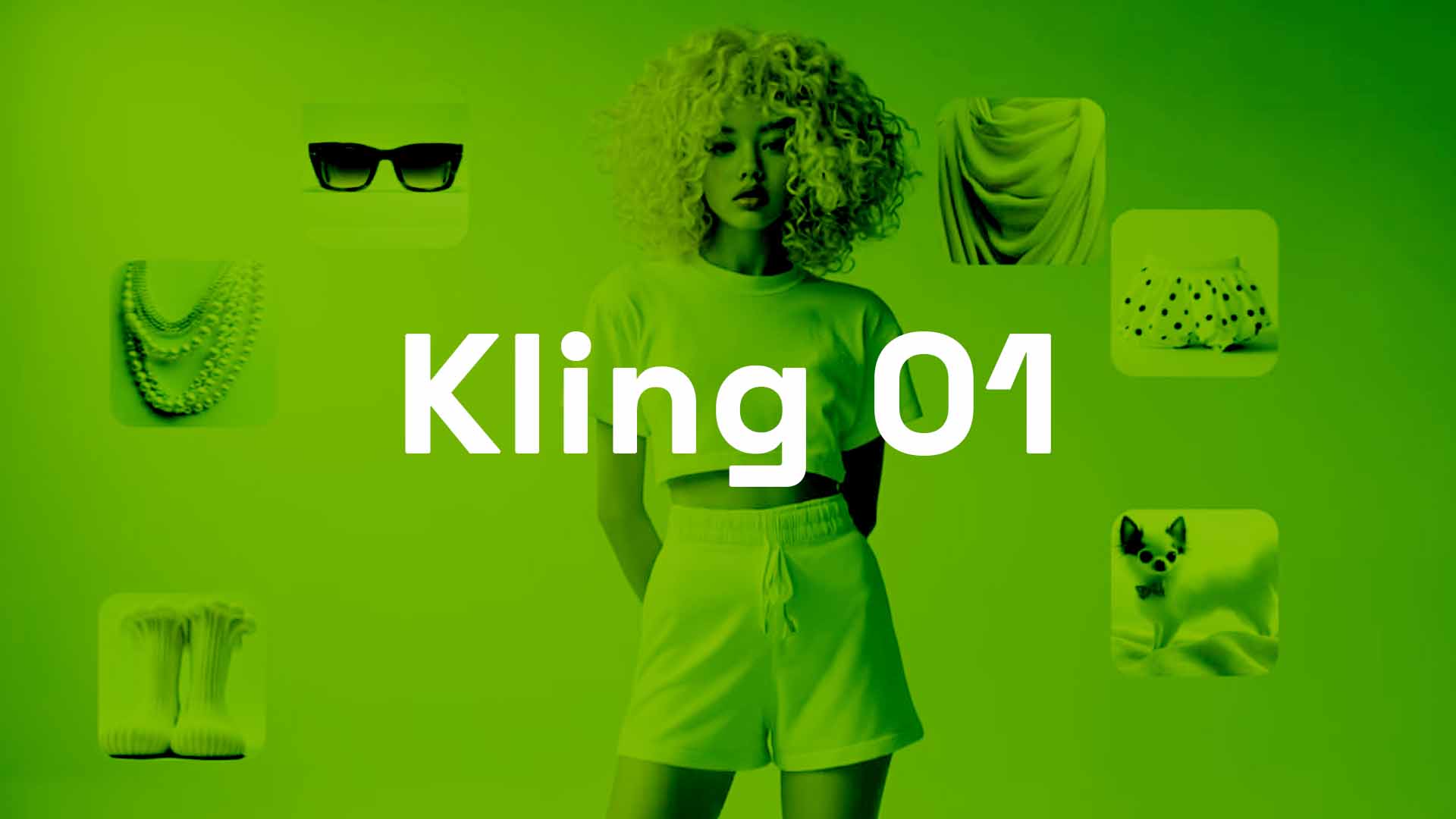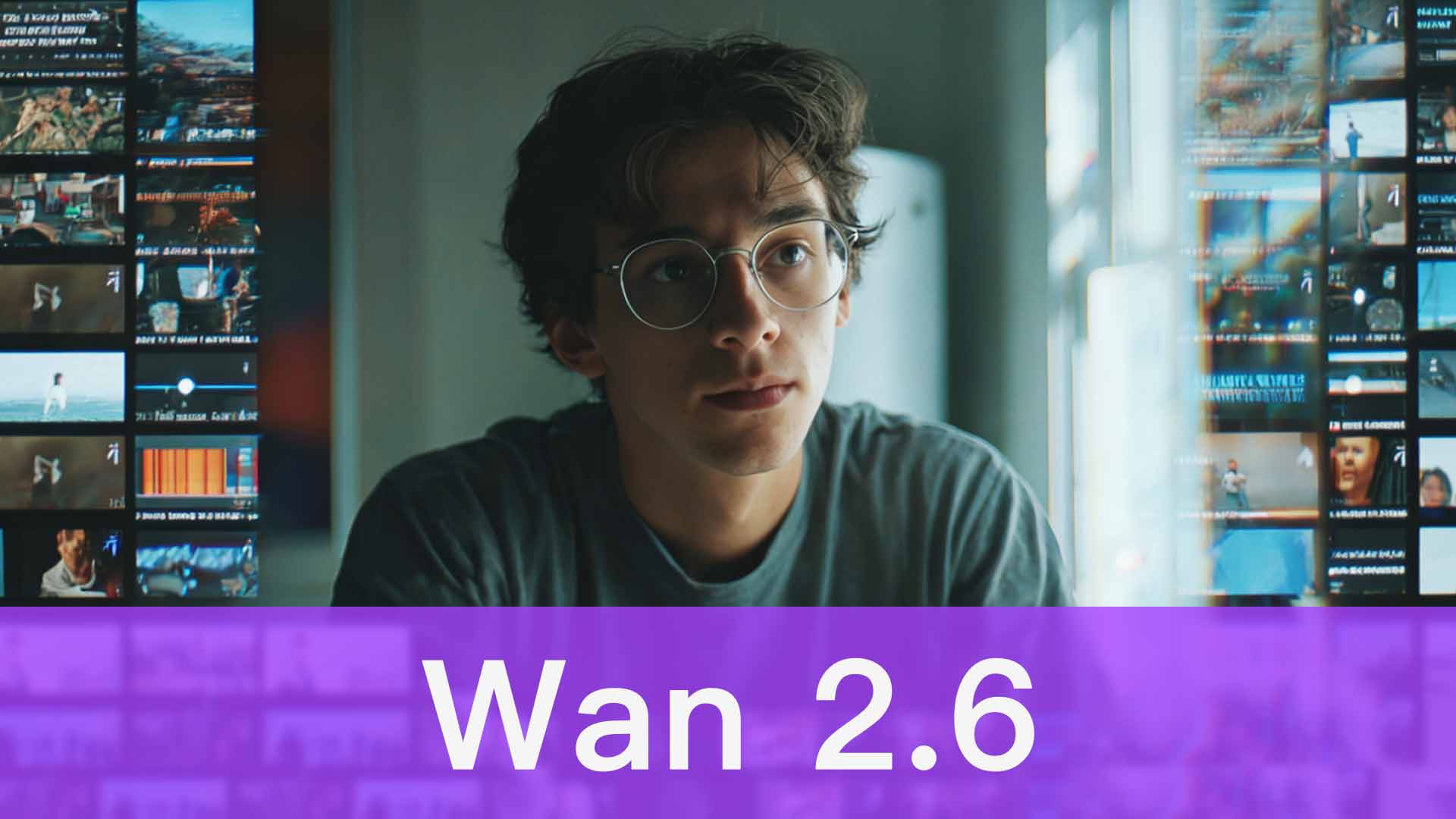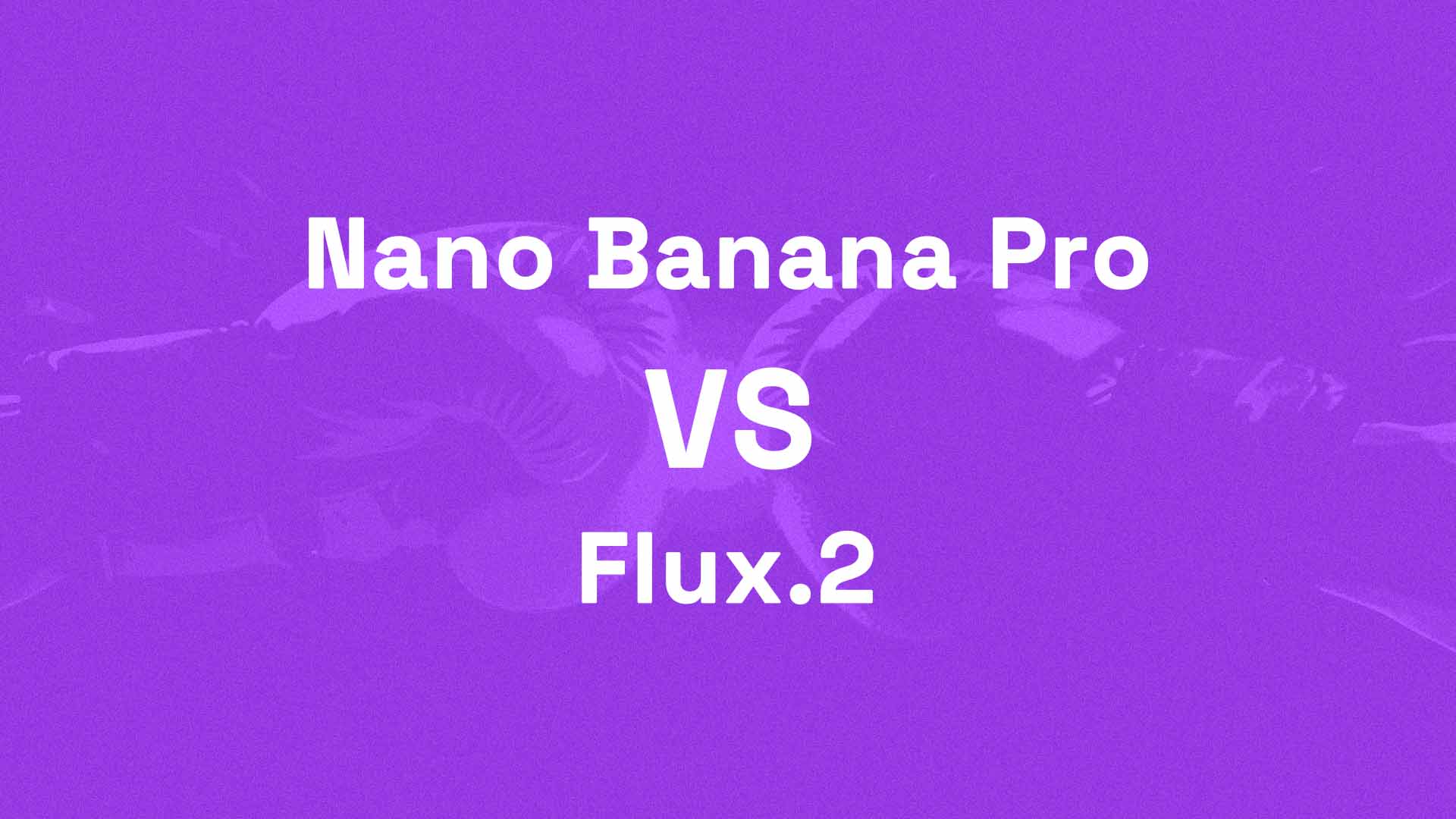The rapid growth of generative image models over the past two years has pushed the industry to rethink how AI understands visual logic, structure, and semantics — a shift now accelerated by the arrival of Nano Banana Pro.
Early models delivered texture and aesthetic appeal; newer models introduced higher resolution and improved speed; but only a few began approaching something deeper – the capacity to understand objects, relationships, intent, and instruction the way a human would.

Nano Banana Pro represents the next major step in this evolution. Rather than simply producing attractive images based on surface-level pattern recognition, this model is built around the idea of interpretation. Its foundation is not just rendering, but reasoning: understanding what a prompt means, how elements inside a scene relate to each other, and how visual information should behave under logical constraints.

A New Direction: From Rendering to Understanding
Most diffusion-based image models rely heavily on pattern-matching. They scan prompts for keywords, associate those words with training examples, and use probabilistic image synthesis to approximate a result. This works for broad aesthetics – “cinematic portrait,” “sunset landscape,” “studio lighting” – but breaks down when precision and reasoning are required.
This is where Nano Banana Pro diverges.
The model follows what can be described as a “brain + hand” architecture:
- The brain is a Gemini 3.0–scale reasoning model that interprets instructions, understands context, and anticipates user intent.
- The hand is a high-fidelity diffusion engine responsible for rendering the final image.
The reasoning core analyzes a prompt before a single pixel is generated. It interprets relationships, checks for logical consistency, and organizes the request into a structured plan. Only then does the rendering engine execute it visually.
This shift matters because earlier image models often lacked coherence. Even visually beautiful results sometimes ignored key parts of the prompt.
Common failures older models struggled with:
- Clocks showing incorrect times
- Text appearing distorted or unreadable
- Lighting that contradicted the prompt
- Incorrect quantities of objects
- Physically inconsistent scenes
- Unintentional asymmetry in human faces
- Errors in perspective and geometry
Nano Banana Pro approaches these scenarios with a more informed, reasoning-driven foundation.
Example:
“Show me a three-view turnaround of the person in this photo”

Why This Matters for Creators
The evolution from rendering to understanding directly addresses pain points creators encounter every day – in advertising, design, storytelling, product visualization, and educational content.
1. Professionals Need Reliability
For art directors, brand designers, and marketing teams, unpredictability is costly. If a model interprets each prompt differently, or ignores half the instructions, the workflow slows. Nano Banana Pro’s reasoning-driven behavior reduces randomness, making it more practical for daily use.
Users can expect:
- Fewer retries
- Fewer corrections
- More predictable outcomes
- Stronger alignment between brief and output
Reliability is what turns generative models from “interesting experiments” into tools suitable for real production pipelines.
2. Brands Need Correctness
Commercial work depends on accuracy. Incorrect text, distorted product shapes, or layout inconsistencies can make an asset completely unusable. Nano Banana Pro is built to maintain internal logic, and that directly translates into cleaner first drafts and more efficient revisions.
This is especially relevant when generating:
- Packaging concepts
- Product mockups
- UI screens
- Process diagrams
- Educational assets
- Visual data explanations
When an image communicates correctly, teams save hours that would otherwise be spent repairing mistakes.
3. Storytellers Need Identity Stability
Whether for comics, film pre-visualization, character development, or AI filmmaking, consistency is essential. Earlier models often changed faces from one angle to another, struggled with symmetry, or altered emotional tone without instruction.
Nano Banana Pro delivers:
- Stable identity across multiple images
- Natural expressions
- Clear emotional coherence
- Accurate facial proportions
- Better recognition of well-known individuals when used responsibly
This stability enables creators to build visual stories without losing character integrity between frames.
4. Everyone Benefits from Less Ambiguity
When a model understands context, creators no longer need to “fight the prompt” to achieve clarity. This reduces friction and makes the creative process more intuitive.
Instead of crafting overly complex prompt structures to force an output, users can write simple, clear instructions and expect accurate results. This lowers the barrier for beginners while empowering experts to work more efficiently.
Setting Expectations
Nano Banana Pro is not intended to replace manual design skills, creative judgment, or professional tools entirely. Instead, it aims to provide a more intelligent baseline – images that are structurally sound, semantically coherent, and aligned with the user’s intent.
It should be understood as:
- A starting point for design work
- A tool for rapid ideation
- A bridge between concepts and execution
- A reasoning-aware assistant for visual exploration
The combination of logic, accuracy, and clarity positions Nano Banana Pro as the first widely accessible visual model that behaves like a reasoning engine rather than a rendering engine.
Example:
“Change the old man’s clothes to a denim cowboy jacket.“

As a Result, Here Are Its Practical Strengths
1. Cleaner text inside images
Labels, signs, UI, notebooks, and packaging become readable with far fewer errors.
2. More consistent faces and characters
Structure stays intact across angles, expressions, and variations.
3. Strong prompt following
Complex instructions with multiple constraints are interpreted more accurately.
4. Better visual reasoning
Quantities, equations, diagrams, spatial arrangements, and scene logic remain stable.
5. High-fidelity outputs
Detail, texture, and clarity benefit from improved rendering quality and color handling.
Together, these capabilities form a more reliable engine for real-world creative tasks.
From Concept to Workflow: How Creators Will Actually Use It
Nano Banana Pro fits naturally into multi-step creative pipelines:
- Draft the scene with Nano Banana Pro
- Clear layouts
- Structured logic
- Accurate text
- Stable identity
- Develop multi-frame storyboards
- Expand scenes in Popcorn
- Maintain consistency across angles
- Move into motion exploration
- Use video models for cinematic sequences
- Preserve the character, layout, and emotional tone
This workflow ensures that early ideation remains consistent all the way through execution – something earlier models could not reliably support.
Conclusion
Nano Banana Pro marks a shift in how AI approaches image generation:
- From aesthetic output to semantic clarity
- From pattern replication to structured reasoning
- From improvisation to intentionality
Its ability to interpret instructions, maintain identity, understand logic, and produce coherent scenes signals a new stage in generative tools – one where clarity and accuracy matter as much as creativity.
If the previous generation of diffusion models was defined by visual style, the new generation is defined by understanding. Nano Banana Pro embodies that transition, and its impact may shape how designers, creators, and brands build visual content in the years ahead.



